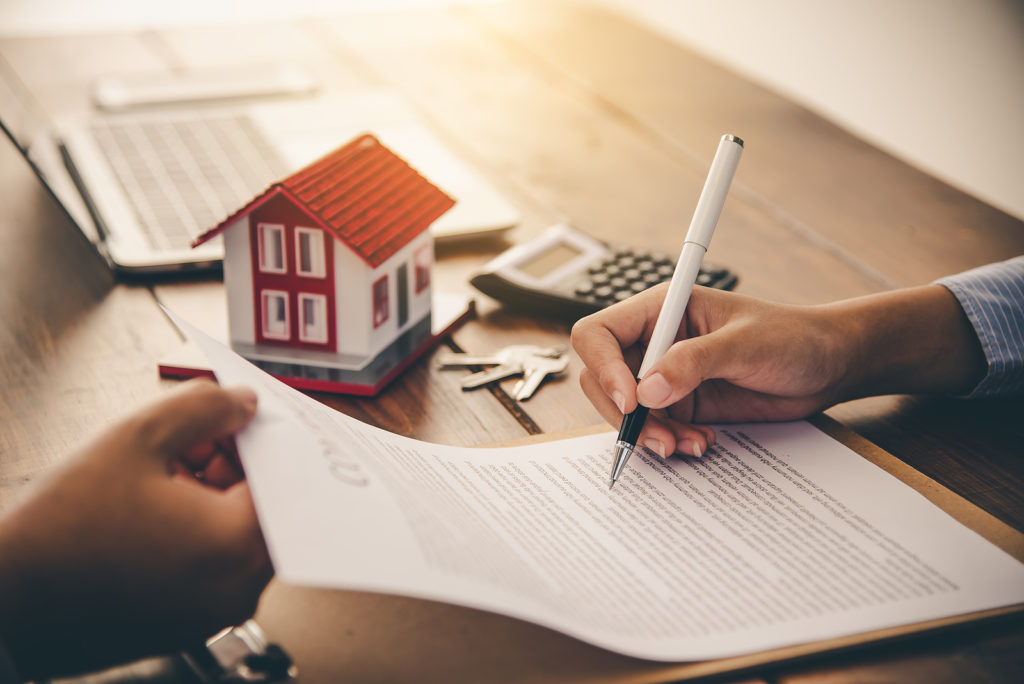
Unless you have been living under a rock, you know that current mortgage interest rates have been at all-time lows for well over a year.
Current interest rates on owner-occupied property mortgages are averaging between 2.563% and 4.039% across the United States, depending on the property, term, type of loan, quality of borrower, and geographic area.
Rates Are Beginning to Creep Up
But we are now watching these rates begin to rise in response to the Fed’s recent inklings about easing out of their aggressive COVID bond-buying strategies. This will include, no doubt, mortgage-backed securities. As of June, the Federal Reserve had purchased $982 billion in mortgage bonds since March of 2020, according to the Wall Street Journal, effectively keeping rates very low. Without the Fed, securities will have to increase interest rates to attract other investors again.
The window of opportunity may be easing shut for those who have been on the fence about investment property purchases or refinancing.
Investment Property Interest Rates Vs. Owner-Occupied Interest Rates
While investment property mortgage rates are not as low as primary residence mortgage rate options, they never have been and never will be. You can always expect to pay a higher interest rate for investment and rental property, with investment property mortgage rates running at least 0.5% to 0.75% higher than primary residence financing.
Lenders will generally charge a higher interest rate for non-owner-occupied properties because of their higher risk potential.
Data shows that investors have less attachment to an investment property and are more likely to default on a mortgage loan during times of economic duress than someone who lives in the property. Consequently, lenders offset those risks with higher interest rates and, typically, shorter loan terms.
What Lenders Look For In An Investment Property Scenario
Of course, rates aren’t static, and many variables go into deciding what one investor will pay in interest rates over another. Like other mortgage products, the lender’s underwriter will look closely at the property, the creditworthiness of the investor, and the down payment.
But unlike a primary residence mortgage, the lender will also want to see the property’s income potential, what kind of history the borrower has with investment properties, and the borrower’s liquid cash situation if the property remains vacant for a period of time.
Conventional Lending Has Tightened Up on Investment Properties
In addition, last spring Fannie Mae and Freddie Mac tightened their underwriting criteria for mortgage financing on investment properties, including requiring larger down payments and higher credit scores. Consequently, this has made investment properties more difficult to purchase with conventional financing.
Many investors are now looking to portfolio loans, hard money loans, and non-qualifying mortgages to fill this gap. These alternate loans are often easier to qualify for, have fewer qualifying criteria, and are faster to transact. In many cases, these lenders are more concerned with the property than the borrower.
If you are an investor and want to take advantage of our current low rates before they continue to climb, contact the professionals at NonQMHomeLoans.com.
We offer a broad range of mortgage products from conventional to private investor mortgages. Contact us at (800) 413-0240 or apply for a loan easily here.
We are here to help you
in available capital
to get your rate
Low Starting Rates
NATIONWIDE
As Seen On










